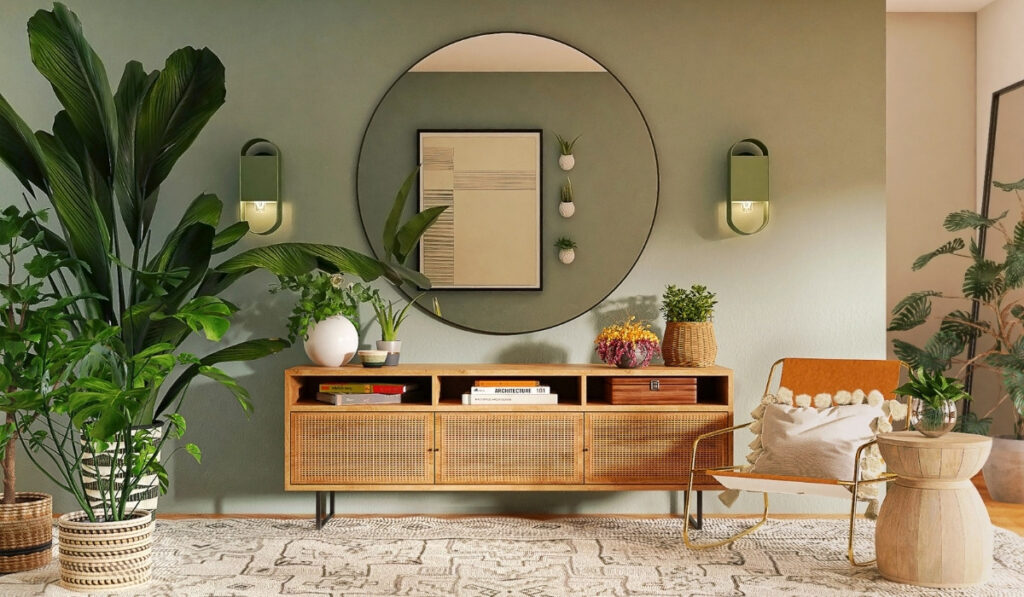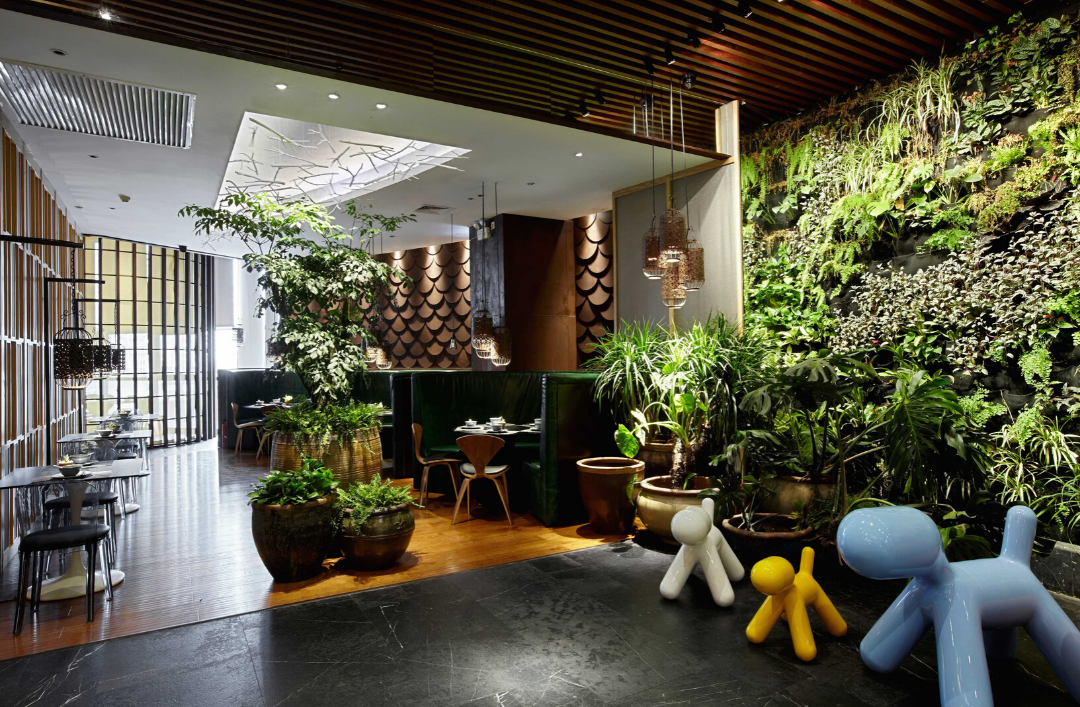The spaces we inhabit have a profound impact on our well-being and overall quality of life. Whether it's our homes, offices, or public places, the design and arrangement of these spaces can influence our mood, behavior, and even our mental health. This essay delves into the fascinating realm of interior design psychology, exploring how our surroundings can shape our well-being and offering insights into creating spaces that promote mental and emotional wellness.
The Power of Environment
Our environment is not merely a backdrop to our lives; it actively interacts with our thoughts and emotions. The field of environmental psychology has long recognized that the spaces we occupy can affect our mental states, cognitive abilities, and overall satisfaction. Interior design, as an integral part of environmental psychology, plays a pivotal role in shaping these experiences

Colors and Emotions
One of the most evident ways interior design influences our well-being is through color choices. Different colors evoke distinct emotional responses. For example, warm colors like red and orange can create a sense of energy and excitement, while cool colors like blue and green tend to induce calmness and relaxation. A well-thought-out color palette can, therefore, set the tone for a space and impact the emotions of its occupants

Layout and Functionality
The arrangement of furniture and the flow of a space can significantly affect how we use it and feel within it. An open, uncluttered layout can promote a sense of freedom and creativity, while a well-organized, functional design can reduce stress and frustration. The careful consideration of ergonomics and accessibility in design can make a space more user-friendly, enhancing well-being for all

Natural Elements and Biophilic Design
Human beings have an innate connection to nature, often referred to as biophilia. Incorporating natural elements like sunlight, plants, and natural materials into interior design can have a profound positive impact on well-being. Biophilic design not only enhances aesthetics but also reduces stress, improves concentration, and promotes a sense of tranquility

Personalization and Identity
Personalizing our living spaces is a fundamental human desire. The ability to express our identity and create a space that resonates with our values and interests is closely tied to well-being. Interior design that allows for personalization, be it through artwork, mementos, or custom furnishings, can create a strong sense of belonging and comfort

Conclusion
In conclusion, the psychology of interior design highlights the intricate relationship between our physical surroundings and our mental and emotional well-being. As we spend a significant portion of our lives indoors, it becomes crucial to consider how the design of our spaces can impact our lives positively. From color choices to layout and the incorporation of natural elements, every decision in interior design has the potential to shape our experiences and promote well-being.
Architects, designers, and homeowners alike should embrace this awareness to create spaces that nurture mental health, foster creativity, and enhance the overall quality of life. By recognizing the psychology of interior design, we can unlock the potential of our environments to uplift, inspire, and support our well-being on a daily basis.










